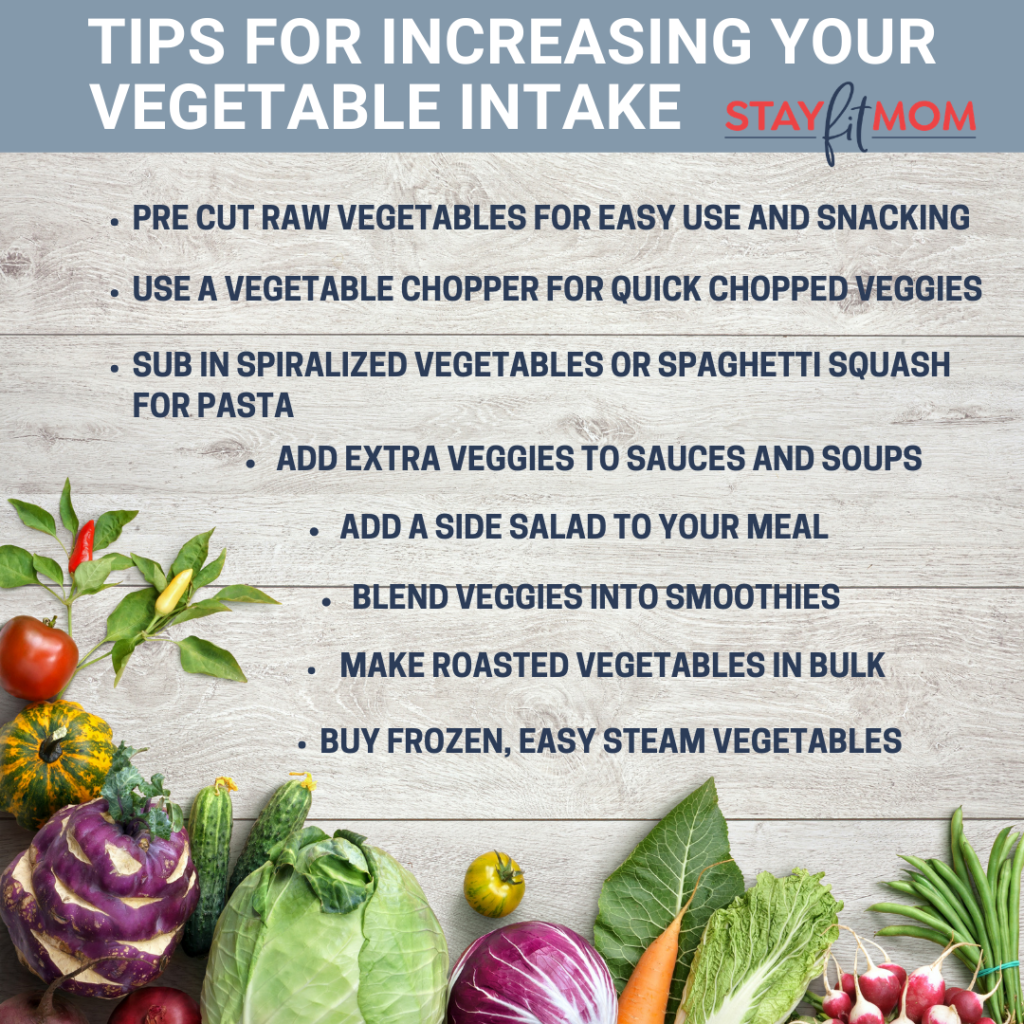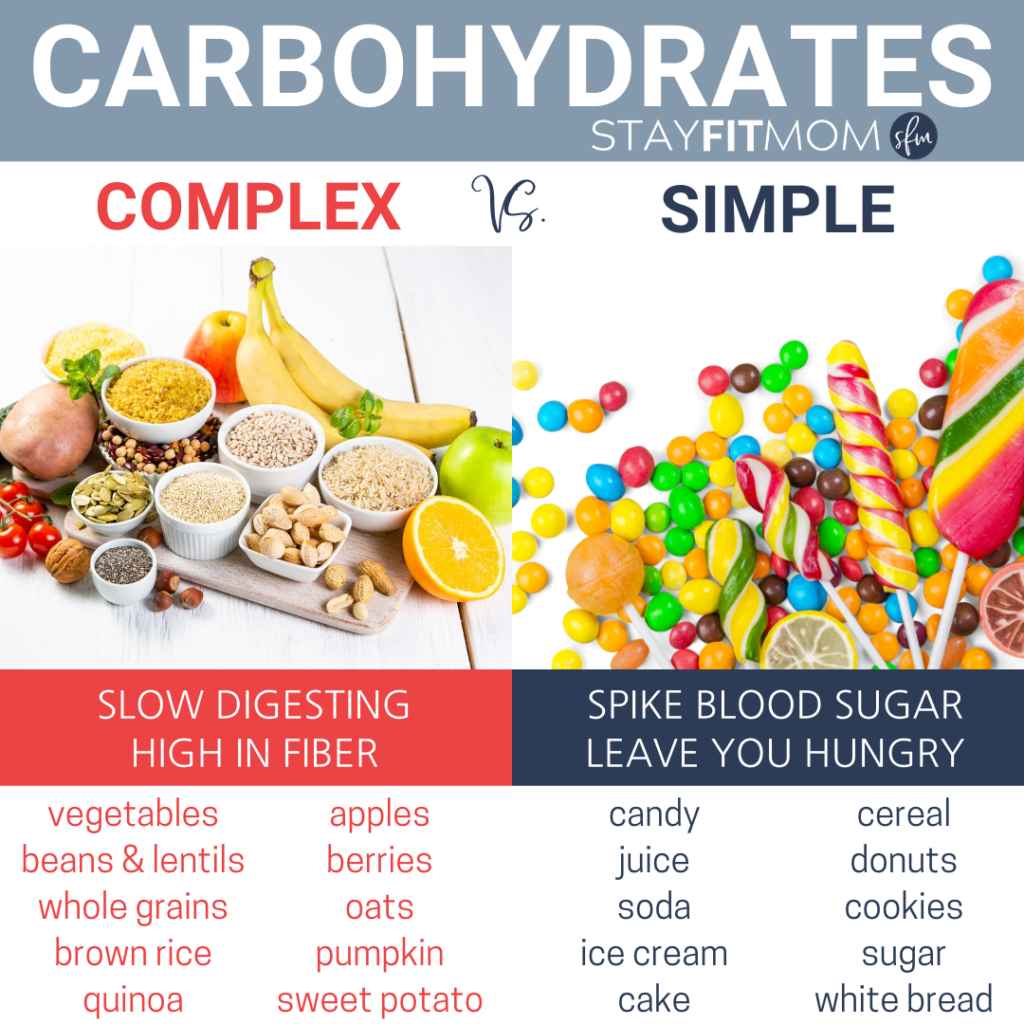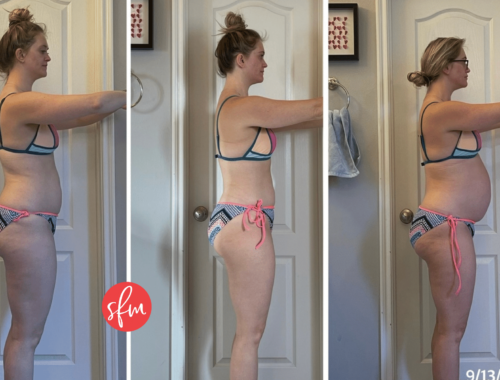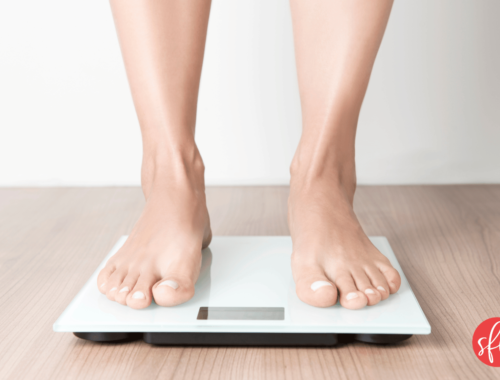If you’ve been following us a while now you know we talk about MACROS a lot. We want you to be familiar with the macronutrients you’re eating, but in our quest for hitting our macros within range, we cannot and should not sell ourselves short on micronutrients!
What are macronutrients? Carbs, proteins, and fat. We need these nutrients in large amounts to support our body systems and give us energy. Each macro is necessary to our health and none of them should be eliminated. Protein supports our tissue structure, hormone system, and metabolic system.
Protein Sources: Beans, lentils, nuts, seeds, whole grains, poultry, beef, fish, eggs, and dairy.
Carbohydrates are the primary fuel of the body. When we have a diet with balanced macros, including carbs, it prevents the body from using protein for energy which maintains our muscle mass. Carbs also support our nervous system, which includes your brain.
Carbohydrate Sources: beans, whole grains, vegetables, and fruits.
Fats help produce essential fatty acids your body can’t make. Fats are part of your cell walls, can be a source of energy, allows your body to absorb fat-soluble vitamins including K,E,D, and A. Fats help insulate your body and protecting your organs.
Fat Sources: Olives, olive oils, canola oils, nuts and nut butters, avocados, butter, beef, pork.
What are micronutrients? These are the nutrients your body is unable to produce on their own and must be included in your diet. These include vitamins and minerals. Micronutrients are essential for body functions such as blood-clotting, brain development, immune system, energy production, and bone health.
Vitamins: C, all the Bs, A, D, E, K
Minerals: sodium, chloride, potassium, calcium, phosphorus, magnesium, and sulfur.
When we choose the right types of foods to fit into our macro balanced diet we can fulfill our bodies daily need of micronutrients. It’s also helpful to take vitamins daily and greens powders can also be great to supplement vitamins and minerals.
That’s why, as a program, we include daily fiber intake and vegetables intake on our macro trackers. Our goal at Stay Fit Mom is not just weight loss and/or body composition changes but ultimately health and wellness for the long haul.
When we eat we should ask ourselves, “Does this help our bodies or hurt our bodies?”
We want balance, of course. We should enjoy those fun foods on occasion, such as fried chicken, cookies, and Reese’s peanut butter cups (can you tell what my favorites are?!) but the majority of our diet should come from whole foods that support our body with our macronutrients as well as our micronutrients.
Plant based foods are rich in micronutrients and also include fiber which is considered to be a macronutrient because our body needs it in large amounts to keep our bowels moving and healthy. Fiber is counted in our carbohydrates. Fiber is powerful. Fiber regulates our bowels, lowers cholesterol, and regulates our blood sugar. Meat also offers micronutrients such as Vitamin A in fish and eggs, Vitamin D in fatty fish, Vitamin B3 in chicken, turkey, beef, pork, and salmon, and Vitamin B5 and B6 in beef, chicken, and organ meats.
Carbs are the macro that we can get the most hung up on with weight gain and that is why it is important to know that not all carbs are equal. Carbs that come from sugary foods such as candy, donuts, soda, and other highly processed foods lack micronutrients and cause spikes in our blood sugar which leads to weight gain. Think of it as an assault on your body. I know that sounds harsh, but when that becomes our habit and the foods we reach for most often, we are causing harm to our body. When we have excessive belly fat which is caused by spikes in our blood sugar over and over we are at high risk for diabetes and heart disease. This also causes sludge in our gallbladders and most people in the hospital to have their gallbladder removed are women over 40 with a lot of belly fat.
Many of us have not been taught to eat balanced and have habits that need to be changed. So don’t beat yourself up. Make the choice today to make a change and begin building these habits. Here is what a day of balanced eating should look like…
Breakfast: 2 eggs with spinach and sweet potato with sea salt, whole grain toast with grass-fed butter, and greek yogurt with strawberries and blueberries. Morning vitamins.
Snack: Cottage cheese, chia seed, and fresh fruit.
Lunch: Tuna salad made with hard boiled eggs, relish, and avocado mayo, on whole wheat bread with carrots, cucumbers, and mini peppers with hummus.
Snack: Protein shake made with coconut water before or after workout with a banana.
Dinner: Grilled Salmon with grilled veggies with drizzled olive oil, and sweet potatoes.
Before bed: Sleepy time tea with collagen, blueberries and night time vitamins including magnesium.
What we fit into our macros matters for our health and well being. Eating balanced macros with Whole Foods allows us to receive the micronutrients our bodies need to thrive. What we eat makes us feel good, look good, and help us with our mental health. Take good care of yourself because you are worth it!!









No Comments